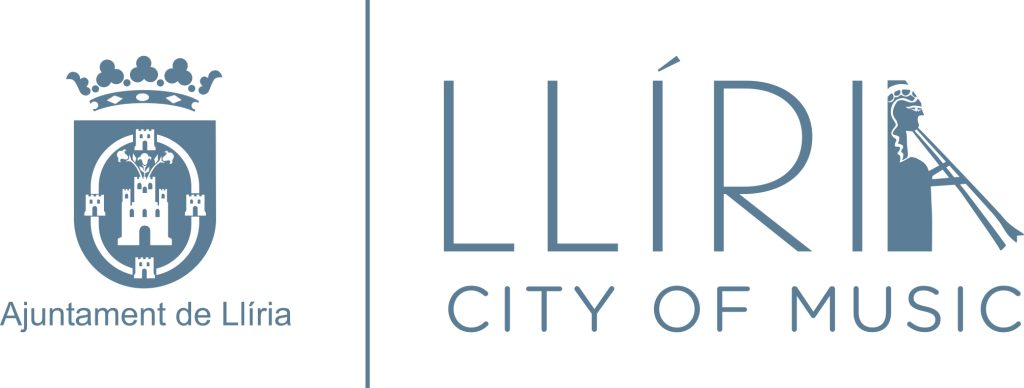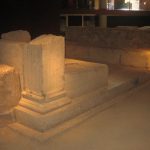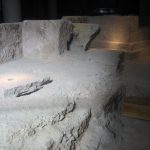Grup de Danses i Rondalla ‘El Tossal’
The origins of the Grupo de danzas y fábula el Tossal de Llíria date back to 1997 in the courtyard of Sant Francesc when a group of friends prepared the first dances for the coronation of La Purísima.
Since then they have been working to recover dances, songs and music from the traditional Valencian culture, renewing themselves, extending their repertoire and growing, always committed to our culture.
2009 is one of the key years for the group with the creation of the new fable currently directed by Maria José Pastor and an intern to direct the dance group, her current teacher Ferran Roig. With this new team they were finalists for the first time in Sona la Dipu in 2009 and repeated in 2015.
In 2010 they promoted the school for boys and girls to transmit to the youngest through songs, feelings and customs inherited from our ancestors.
In 2016 they set up a school for adults, a vital decision to start a new cycle in the Tossal. The Grupo de danzas y fábula el Tossal de Llíria has participated in the Meetings of Schools in Valencian, holding a parade and a workshop on the jota de Llíria. They performed both in the Rayuela, narrative awards in Valencian and in the musical meetings, teaching the children the dance of the shepherds of Llíria and the dance of the hairpins.
In the exchanges they have gone to dance in the Castell de Alaquas in Gátova and Burjassot. They have also toured part of the Community, performing in Agullent, the Roman Theatre of Sagunto, Faura, Sueca and Burjassot. With the title ‘El Tossal canta villancicos’ (The Tossal sings Christmas carols), he organises a parade to ask for the Christmas bonus. 2017 sees the return of the dance of the Pastorcillos and Pastorcillas de Llíria. Maestro Ferran will set up a choreography, watching the dance of the Pastorcillos de Villamarxant, and agreeing with the verses of the dance.
In 2018 participated in the Maravillas Llirianes project, supporting the candidacy of the Tozal de Santa Bàrbara. The Maravillas has set up a project to promote Llíria’s heritage, which is totally necessary and altruistic, and which will energise the city throughout the year. We do not want to miss the opportunity to invite all of you who visit our city full of history.








